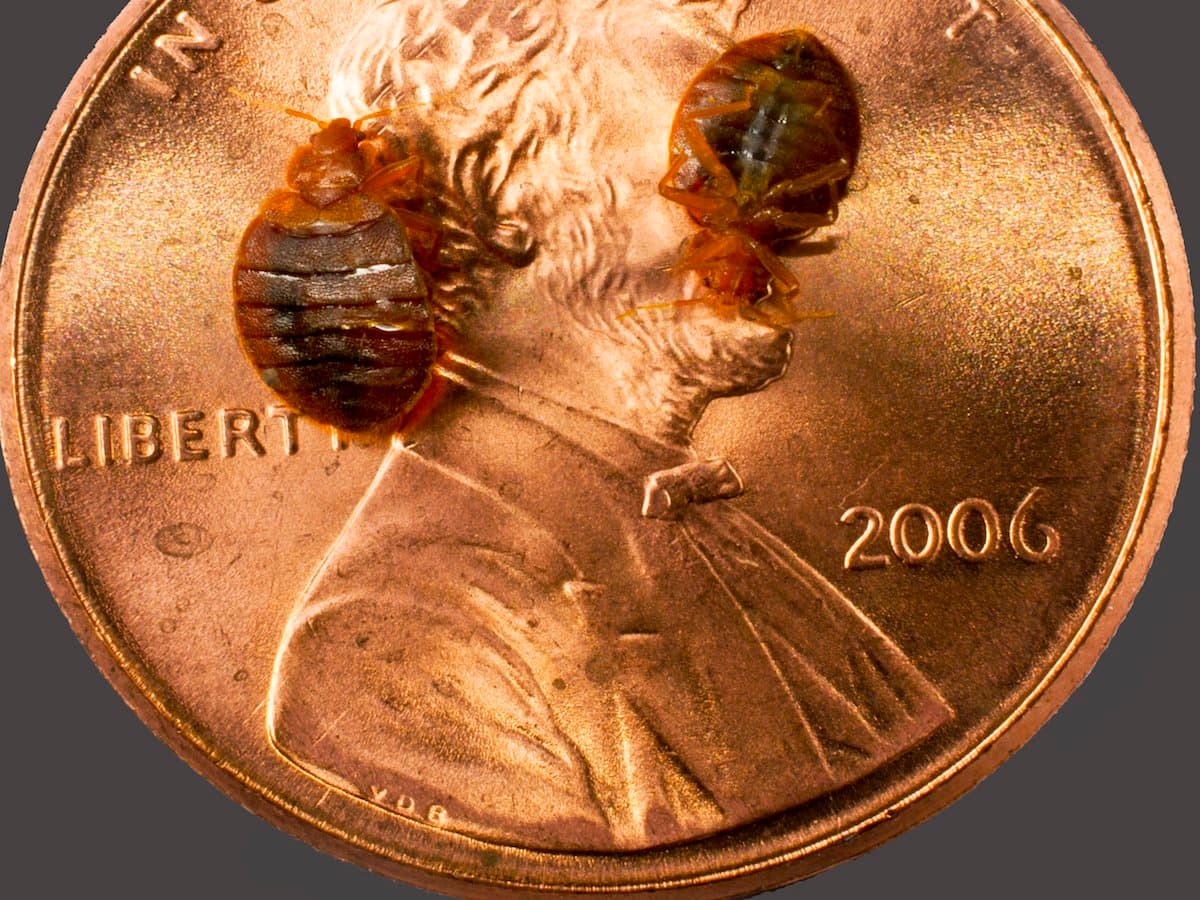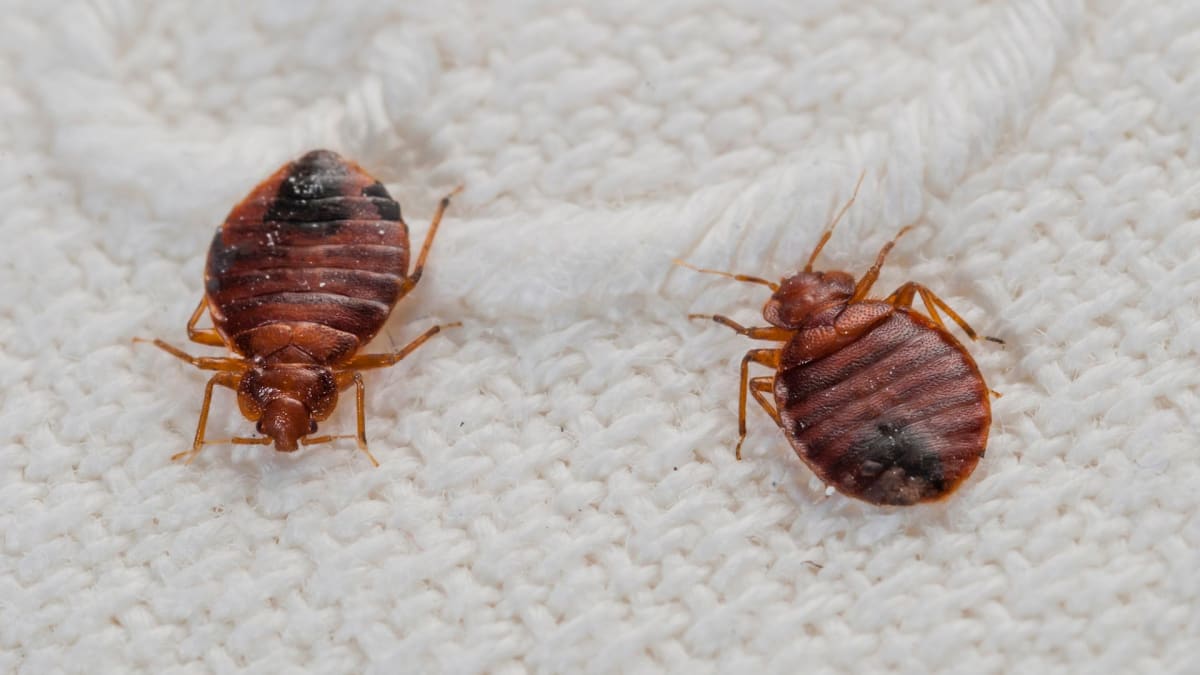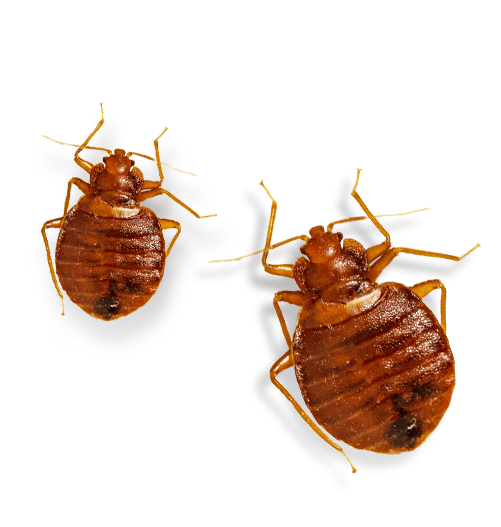A1 Bed Bug Exterminator Houston: Quick Removal Solutions
A1 Bed Bug Exterminator Houston: Quick Removal Solutions
Blog Article
Comprehending the Lifecycle of Bugs for Targeted Control Approaches
Understanding the lifecycle of parasites is a fundamental facet of efficient pest administration strategies. Via a deeper understanding of exactly how insects advance and flourish, tailored control approaches can be made to deal with specific factors in their lifecycle, inevitably leading to more successful bug monitoring results.
Significance of Understanding Insect Lifecycle
Recognizing the lifecycle of bugs is vital for developing effective and targeted control methods in parasite management. By comprehending the numerous phases a pest undergoes from egg to grownup, parasite control professionals can identify weak spots in the lifecycle where treatment can be most successful. For example, understanding when larvae are most energetic can aid determine the ideal timing for applying larvicides. Additionally, comprehending the life expectancy of a bug varieties can assist in forecasting population growth patterns and possible invasion dangers.
Furthermore, recognizing the particular environmental conditions essential for each and every phase of the bug's lifecycle can assist decisions on habitat modification or exclusion methods to interfere with the lifecycle and reduce pest populaces. This expertise makes it possible for pest monitoring experts to carry out positive steps instead of counting solely on responsive therapies, bring about even more long-lasting and lasting insect control services. Ultimately, a comprehensive understanding of insect lifecycles empowers pest control practitioners to customize their strategies properly, minimizing ecological impacts and making best use of control results.
Secret Phases in Bug Advancement
To successfully carry out targeted control approaches in insect administration, a vital facet exists in thoroughly determining and understanding the key stages in pest growth. Parasite advancement normally consists of several key phases that are vital for their lifecycle and administration.

Susceptabilities in Bug Lifecycle
Throughout the different stages of a parasite's lifecycle, unique vulnerabilities arise that can be tactically targeted for effective control actions. One important vulnerability exists in the egg stage, where bugs are typically more prone to certain pesticides or biological control representatives because of their soft outer covering, making them easier targets for treatment. Furthermore, the nymph or larval stage offers vulnerabilities as bugs undergo quick growth and growth, needing high power usage that can be exploited by interrupting their food resources or introducing growth preventions. Pupal stages, identified by immobility and transformation, provide a home window for targeted control with physical barriers or specific therapies that impede successful introduction. Ultimately, adult parasites, while much more durable because of their reproductive ability, can still be at risk during mating or egg-laying activities, which can be interrupted with pheromone catches or sanitation techniques. Understanding these vulnerabilities in the insect lifecycle is necessary for establishing exact and effective control techniques that efficiently manage pest populations while minimizing ecological influence.
Applying Targeted Control Steps

Carrying out targeted control procedures generally involves a multi-faceted technique. This may consist of habitat alteration to make the atmosphere much less hospitable to bugs, such as look at this now removing standing water for insect control or sealing entrance factors for rodents. In addition, biological control techniques can be utilized, where all-natural killers or pathogens are presented to keep insect populaces in check.
Chemical control, such as the cautious application of chemicals, is another typical approach. It is important to utilize these materials judiciously to lessen ecological influence and potential damage to non-target types - A1 Bed Bug treatment houston. Integrated Parasite Management (IPM) techniques that incorporate numerous control measures in a collaborated and lasting manner are typically one of the most reliable in achieving long-term bug monitoring objectives. By executing targeted control procedures based on a thorough understanding of bug lifecycles, pest populations can be successfully managed while lessening dangers to human health and the environment.
Enhanced Parasite Administration Practices

Furthermore, the consolidation of organic control agents, such as natural killers or virus of insects, can help in reducing dependence on Going Here chemical pesticides and advertise a much more well balanced environment. Implementing physical barriers and catches can additionally belong to boosted pest administration techniques, offering non-toxic and targeted remedies for insect control. Furthermore, using pheromones and other semiochemicals can interrupt pest breeding patterns and communication, causing lowered insect populaces with time.
Conclusion
In final thought, recognizing the lifecycle of parasites is important for reliable insect administration methods. By recognizing key stages in insect advancement and susceptabilities in their lifecycle, targeted control try this website measures can be executed to lessen bug populaces. Boosted pest management practices can help in reducing the reliance on broad-spectrum pesticides and promote even more sustainable and eco-friendly pest control methods. This knowledge plays an essential role in keeping healthy and balanced ecosystems and farming productivity.
Comprehending the lifecycle of bugs is essential for creating efficient and targeted control techniques in parasite monitoring. By comprehending the various phases an insect goes via from egg to adult, pest control specialists can determine susceptible factors in the lifecycle where intervention can be most effective. Eventually, an extensive understanding of pest lifecycles encourages parasite control experts to customize their approaches effectively, taking full advantage of and decreasing environmental impacts control outcomes.
By carrying out targeted control steps based on a detailed understanding of insect lifecycles, pest populaces can be effectively controlled while minimizing risks to human health and the environment.
By identifying crucial stages in parasite growth and susceptabilities in their lifecycle, targeted control actions can be applied to minimize insect populaces.
Report this page